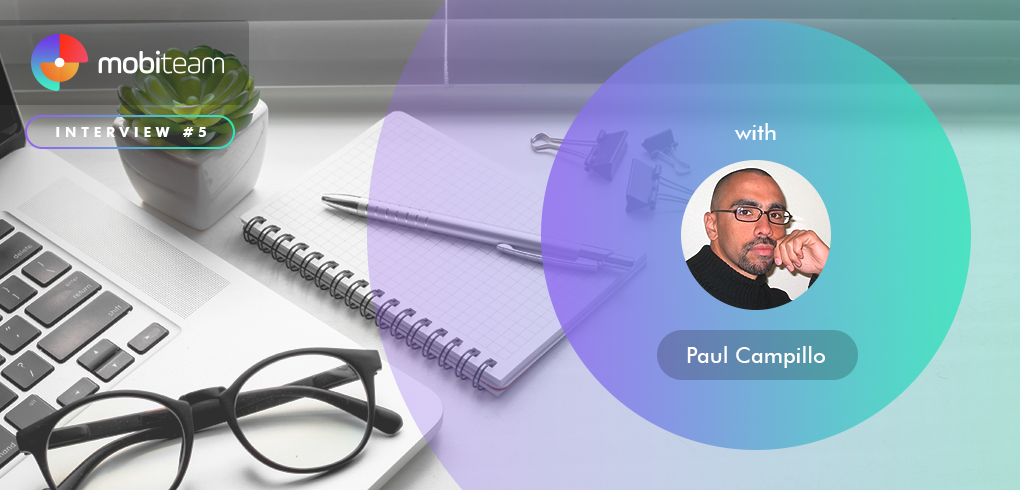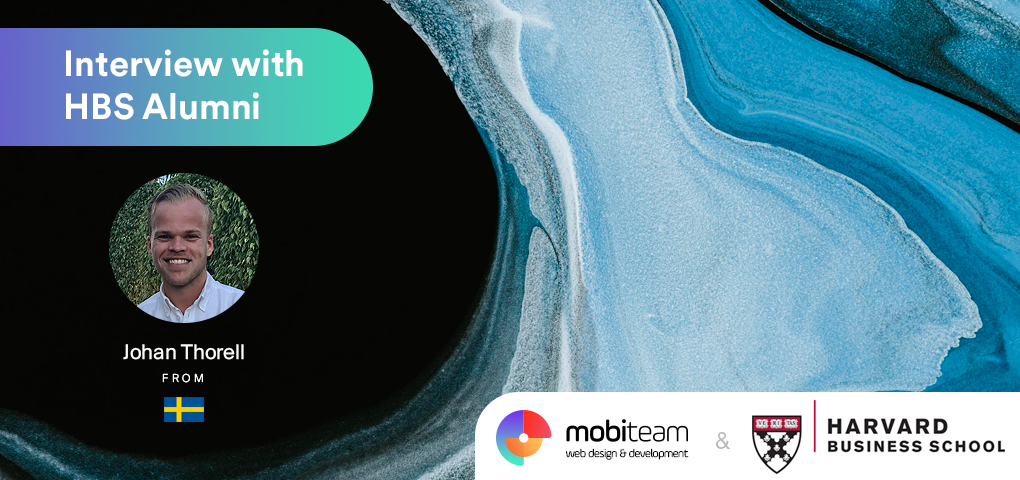More and more startups are struggling to get a good position, no matter the market they are fighting on. But how much effort, passion and how many tries does it take to make it to the end?!
The road is not easy and is full of challenges, and this is why Mobiteam TOP interviews reveal TOP founders, executives, and managers from the startup industry and not only – people with an impressive story behind them, with lessons to teach and experience to share.
As for this interview, we will go through with Paul Campillo, the content strategist at Typeform.
Typeform makes collecting and sharing information comfortable and conversational. It’s a web-based platform you can use to create anything from surveys to apps, without needing to write a single line of code.
#5 Interview with Mobiteam – Paul Campillo, Content Strategist at Typeform
Hi Paul,
Thank you for accepting our invitation, please Tell us a little about yourself. Your background and how did you come to this point?
I didn’t graduate high school with my class although I eventually got my diploma by completing many summer and night classes. I dropped out of college three times. But I was always interested in doing things in a different way. Why? Well, I guess it’s because most of the results society (as a whole) produced seemed average, at best.
So, when I started my career in social work, all that mattered was “breaking the system”. I mean that, how can we radically do things in a different way. So I took my bookstore education, and applied what I learned, and was able to achieve “different” results. As a newspaper article after newspaper article reported on the work I was doing, people outside of my normal everyday clients began seeking my help.

Pretty soon, direct services weren’t enough. I wanted to understand the system that kept producing poverty, violence, racism, depression, social isolation, etc.
And that naturally brought me to entrepreneurship and startups in general.
When and how did you start “startuping”? Is there an interesting story here?
So I started dabbling in the startup world with my first Startup Weekend (now hosted by TechStars). I was living in Seattle and worked with a great team featuring one of the top bloggers in the country, someone from Microsoft, someone from Amazon, a Ruby developer, and me. It was one of the most intimidating experiences because I was so out of my depth. Until I realized that when it came time to pitch our idea to the crowd, storytelling became front and center.
And I saw a place for my skill set. I had spent the past 10 years doing presentations to juvenile offenders, trying to convince them that there was a better way, and over that time I developed my “sales” muscle. So what’s the difference between an uninterested adolescent and an interested, yet competitive crowd? Well, I can tell you that youth need a lot more priming, but in the end, you have to make it about them.
So we came in 5th place when it was over. But the experience stuck. And when I moved back to the Bay Area, I did another Startup Weekend, and led the team and came in 3rd place. And I led another team a couple of years later, and this time my team came in 1st place.

(After my first Startup Weekend, first place for the Number App)
I brought that idea to my organization. I was working with adults who were coming out of jails and prisons and trying to find them sustainable jobs. So instead of creating a digital application, I created an analog version of it to validate it. We tested it with the next cohort, and it worked — meaning that the results we were seeing were 10x what we were getting before.
Not too long after, our CEO told me about Typeform. She said it was recommended to her by Zynga and Pandora. So I said I would take a look. I went to their website, and saw this:
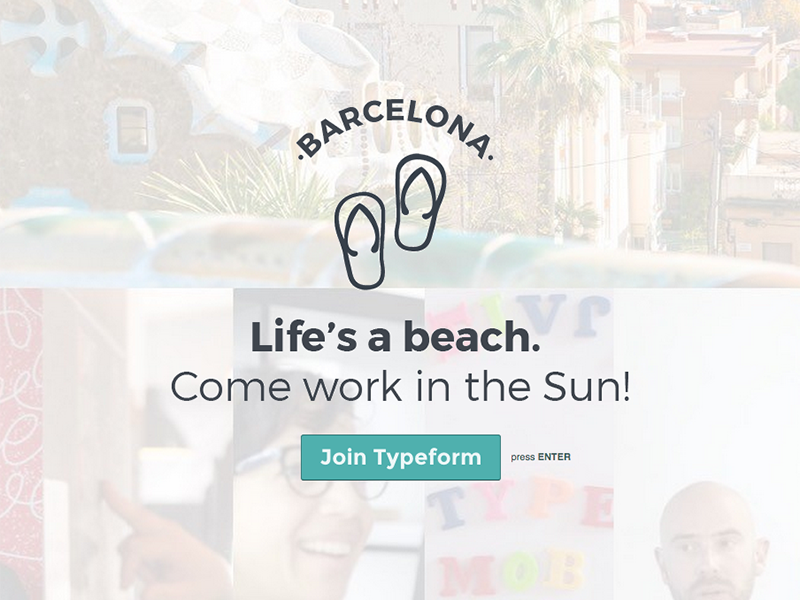
I was curious, so I started to fill it out. They asked for typical things, like, what’s your LinkedIn profile URL. Do you have a portfolio or personal website URL? Then it got more difficult. Write a 500-word blog post on some topic. Go to this page, rewrite all the copy, take screenshots of the changes, then upload them to the application. It took me 4-5 hours, I think, to complete it all. I finished, submitted it, and really didn’t think twice. I wasn’t looking for a job, after all.
But then I got a response from the head of HR. The CEO and head of marketing wanted to chat. I thought, “Uh, ok, sure.” So I replied to the email, set up a Skype interview for the following week. I get on the call, and David (the co-founder) asked me about my background and said that my submission was one of the best they received. But he couldn’t find relevant experience on my Linkedin profile (I didn’t work in marketing, copywriting, or wasn’t a professional blogger). And he asked, “So, how do you know this stuff?”
Well, I explained, marketing or copywriting really comes down to one thing: do you understand and feel the pain of the reader/user/customer? In other words, empathy.
To make a long story short, four months after that conversation, I found myself on a plane to Paris, then a train to Barcelona, and here I am, four years later. In fact, my anniversary just passed — 11 May.
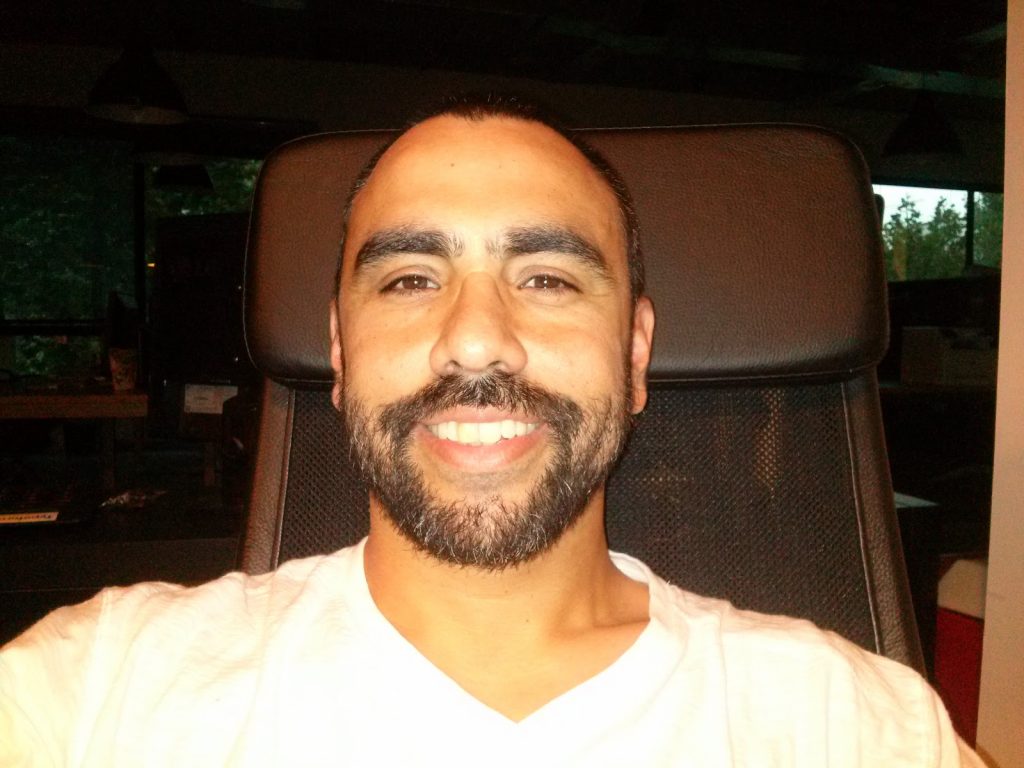
(I took this photo after first 2 months at Typeform)
What do you think you’d be doing right now if Typeform didn’t exist?
Probably writing and publishing my first book. I keep delaying it, probably because it needs proper attention, and admittedly, I’ve given most of my bandwidth to Typeform. I believe in the Typeform product, I believe in the brand, and I believe in where we’re going, so it’s easy to get caught up in the day-to-day. Eventually, I’ll put my one big idea out into the world. It’s coming.
What’s your technique for staying productive throughout the day?
Find the most important thing to work on. I would say, figure that out first, then relentlessly focus on that until it’s done. For me, because I’m working very horizontal across the business (on brand, on comms, customer research, product insights, structure, and process, etc.) it’s sometimes very difficult to focus on what’s the most important thing in this moment, but you have to ask yourself that question every day, if not every hour.
Besides that, first things first for me: open up my Trello board first in the morning.
Never forget what’s important.
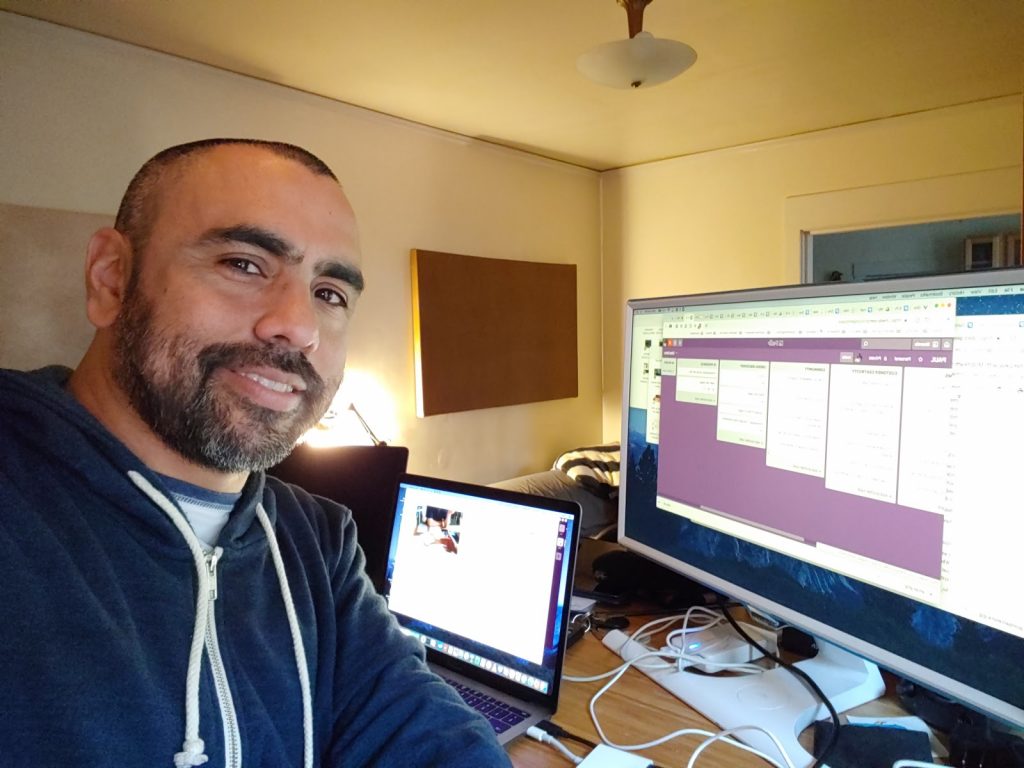
(Together with Trello board – keeping up the productivity)
How do you define “being successful”?
I wrote an article about that here, but here’s the gist. Everyone is already successful. Whether you are poor or rich, low or high performer, this system called the human being just “works”. I learned this from systems thinking. You may not like the results, but the system works perfectly in producing those results.
So, for example, if you’re a car manufacturer, and your cars keep producing defects in the door handles, then your system works to produce defective door handles. But if you don’t like what you’re currently successful at producing, then understand what in the system is producing those defects, and make a change in the system. And for humans, this means looking at values, beliefs, behaviors, results, and the other systems (people or environment) you interact with. In essence, it’s your consciousness (and that of the group you surround yourself with) that creates everything around you. Culture matters.
But make no mistake. Everything works. Success is guaranteed. The question is, do you want to be successful at something else? If you’re successful at being overweight or poor, do you want to change that? Again, look at the system that’s producing the results, and identify the problem roots, not fruits (symptoms).
It’s not easy, but from hundreds of counseling sessions dealing with people from a wide variety of backgrounds dealing with a wide variety of issues, you must begin with this concept: you’re already successful, now, what do you want to succeed at now?
What do you like to do when you’re not working?
Read. Dance. Travel. Understand people. Write and think about bigger problems. I also love to help others who are just starting out, whether it’s career advice or putting my eyes on someone else’s business to help them with their story or marketing. It’s a thing in the Bay Area (maybe the entire Valley) to give back to the community that supported you. And there’s always more giving back to do. This year, I’m speaking at more events, and sharing what I’ve learned in this way, but nothing beats one-to-one time.
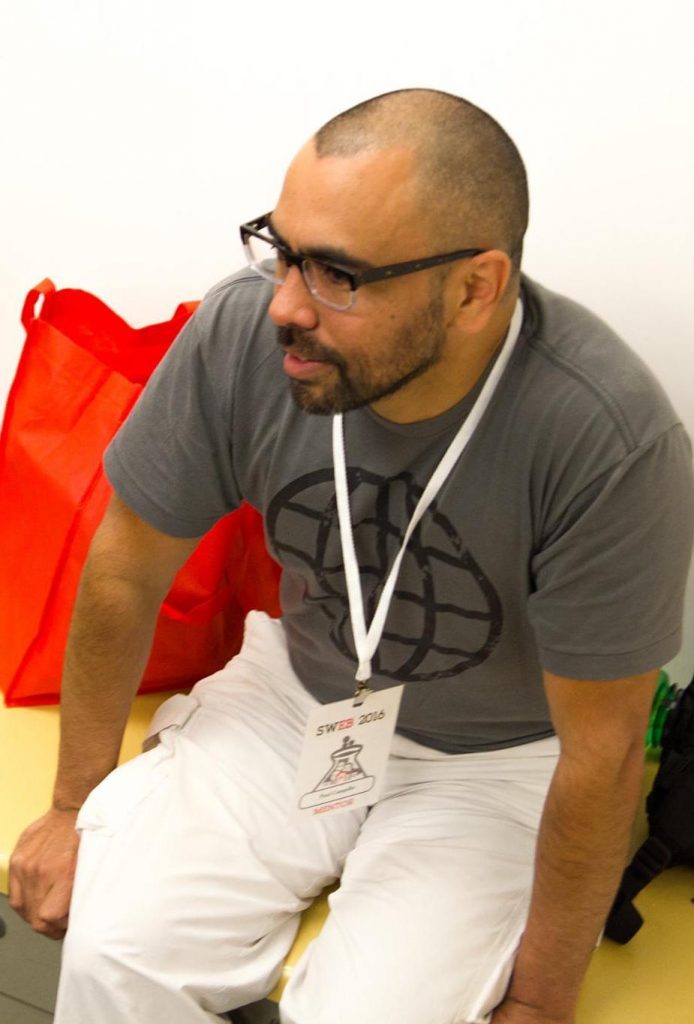
(Mentoring at Startup Weekend — I enjoy helping new founders stress-test their ideas)
What are your recommendations for a startup or company novice?
Simple. Understand journeys. First, the customer’s journey then the employee journey. Map them out. Now, within those journeys are critical interactions or touchpoints where your product/service/marketing/support meet. Those interactions will determine whether you build trust with someone, or break it. Whether you delight people or make them say, “Meh.”
Make those interactions count. How? By listening to people. Those users, customers, colleagues, or contributors are human. Your business and the business of the future will be built on understanding AND collaborating with people. And if you’re trying to build a brand, not just a business, you must make those interactions meaningful. In the end, you’re building relationships. As the late great Zig Ziglar once said, “If you help enough people get what they want, you’ll get what you want.” Don’t forget that.
Thank you, Paul, I am sure that your experience and best practices will help our readers to reach their goals easier. Your advice and recommendations are useful and based on real-life challenges that not everybody has the chance to tell a story after going through them.
Mobiteam Top Interviews blog aims to help startups and companies to increase their online presence and acquire a new audience. If you think your story is worthy and interesting enough to be told on Mobiteam, don’t hesitate to contact us – It’s free




